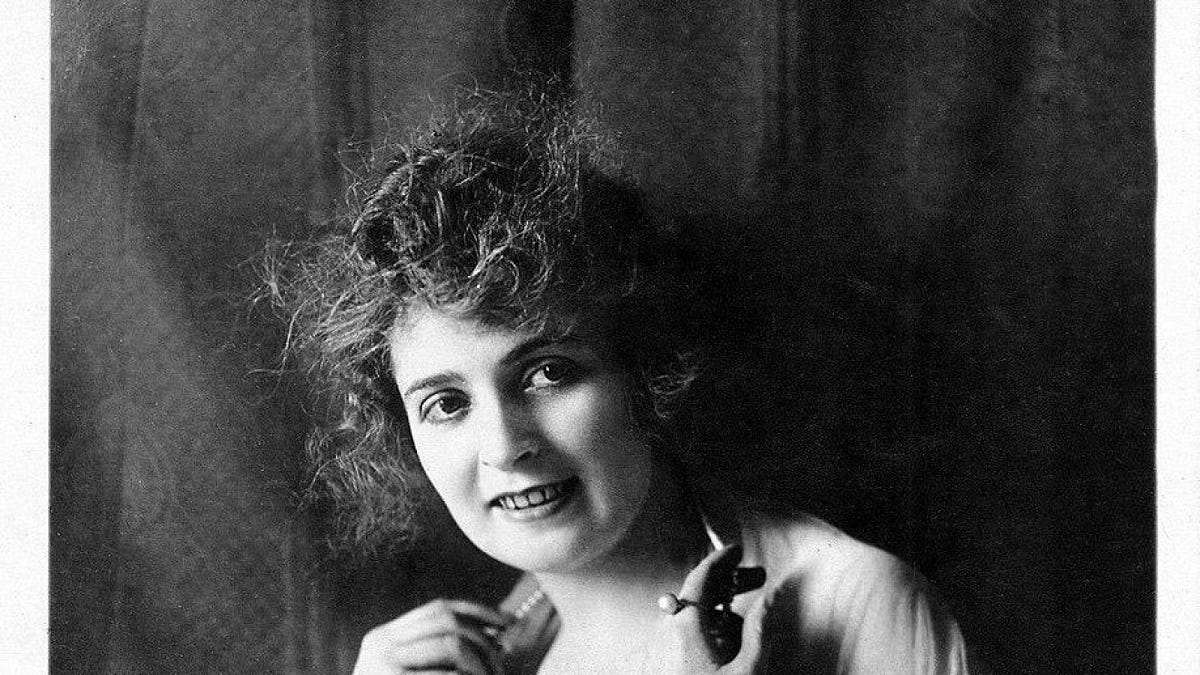Myrtle Gonzalez stands as a shining example of persistence and the power of dreams. Her life story inspires movie enthusiasts and shows how passion, dedication and belief in yourself can transform dreams into realities.
After appearing in local plays, Gonzalez joined Vitagraph Studio and released her first movie in 1913. Her performances enthralled audiences, challenging gender norms while shaping silent cinema.
Table of Contents
Her Life
Myrtle Gonzalez made history during the silent film era as a leading film actress. Her success as a spirited, adventurous heroine challenged stereotypes while showing the diversity of Hispanic culture in American media. As such, Myrtle Gonzalez helped establish authentic representation for Hispanic actors on film screens, inspiring a new generation to look past preconceived notions and discover all their identities’ full potentials.
Born on September 28th 1891 to Manuel Gonzalez (a Mexican-American grocer) and Lillian Cook (an Irish American opera singer), Myrtle enjoyed an abundance of cultural traditions from birth. From an early age she took an avid interest in acting, frequently sharing the stage alongside notable performers such as Fanny Davenport and Florence Stone.
Gonzalez began her silent-era film career in 1913 and appeared in more than 78 silent-era movies by 1917, mostly adventure or melodramas; often garnering rave reviews for both her good looks and strong performances. Gonzalez made her Vitagraph six-reel feature debut with The Chalice of Courage (1915) as well as making one of film history’s first onscreen kisses in The Level (1914).
Her Filmography
Myrtle Gonzalez’s life story is one that serves as an inspiring example of how hard work, perseverance and believing in oneself can lead to success. She was an industry pioneer during her time; today audiences continue to delight at her films.
Through her film career, she played roles and genres ranging from Westerns, melodramas, and comedies – such as Westerns, melodramas, and comedies. Films like “Tainted Money” were an opportunity for her to demonstrate her dramatic range and depict characters with moral complexity.
Gonzalez displayed her impressive voice and dance abilities in many of her films for Vitagraph, particularly during her stint there. An accomplished singer, Gonzalez had performed alongside such notable actors as Fanny Davenport and Florence Stone in theater productions in local theatre productions as an accomplished vocalist and local theater actress before she succumbed to influenza in 1918 at her parents’ home and died tragically despite professional and personal success alike. Her life was an unforgettable tale of triumphant professional success mixed with personal tragedy.
Married in Los Angeles
Gonzalez was the daughter of a Mexican father and an Irish mother. As she grew up in Los Angeles, she discovered her talent singing soprano at concerts and church choirs; soon thereafter her talent was acknowledged and she began acting onstage alongside Fanny Davenport and Florence Stone.
Gonzales’ career blossomed upon the move of film production from New York to Los Angeles, giving her her break in silent movies with Vitagraph Company of America before later moving onto Universal Studios where she continued acting roles.
Marriage to actor J. Park Jones ended in 1910 after they had one son together; later that same year she married actor-director Allen Watt with whom she eventually retired from movies in December 1917 and eventually died due to global Spanish Influenza pandemic in October 1918 at just 27. Today’s Google Doodle illustrated by Bay Area-based artist Ana Ramirez Gonzalez depicts her on an outdoorsy winter hike as an homage to her rugged heroine roles she often portrayed.
Her Legacy
Myrtle Gonzalez made an impactful debut as a silent film darling, creating space for Hispanic talent in Hollywood while inspiring young actors to follow their dreams without compromising their identities. Her tireless work will long outlive her untimely death from influenza in 1918.
Myrtle gained invaluable experience through theatre and local performances early in her career, honing her skills and giving her confidence to take on more difficult roles. She continued pushing boundaries throughout her career – sometimes risking her life onscreen for one role!
Myrtle worked with legendary directors like Cecil B. DeMille and D.W. Griffith, starring in movies with diverse themes showcasing her talent. Her final film was a gothic thriller which earned critical acclaim while featuring a scandalous romance with director Herbert Blache that resulted in public spat between them which ultimately ended both careers. Myrtle would later marry actor Allen Watt but would succumb to influenza two years later in 1918.
Her Death
Gonzalez died during the 1918 Spanish Flu pandemic at 27 and is interred at Calvary Cemetery in Los Angeles, California in her family plot.
Gonzalez began her acting career by participating in local theater productions. There she showed her beauty and talent for singing and dancing; quickly earning the attention of audiences everywhere. Thanks to the strong work ethic instilled by her parents, Gonzales quickly found success on her path towards stardom.
In her films, she often played daring and adventurous heroines in outdoor settings, earning the moniker “Virgin White Lily of the Screen.”
Between 1913 and 1917, Gonzalez appeared in 78 silent films, mostly two and one-reeler shorts. She made a name for herself as Enid Maitland in Vitagraph’s six-reeler feature film The Chalice of Courage that received widespread acclaim in 1915; upon retiring as an actress to marry actor/assistant director Allen Watt in December of 1917 she retired completely.
